Want to know your body fat percentage? This free body fat calculator estimates it instantly, using three scientifically validated formulas.
But that’s just for starters: Our body fat calculator does way more than spit out numbers.
In addition to getting your body fat percentage estimate, you’ll also receive a FREE report that’ll help you understand what your results REALLY mean—and what you should do next to reach your health and fitness goals.
Ready to see your body fat percentage and get your report?
Enter your details below. (Have questions? Find the answers below the body fat calculator.)
Body Fat Calculator
SEX
If intersex or transitioning, choose the biological sex description that best fits current hormonal status for interpreting body fat ranges.
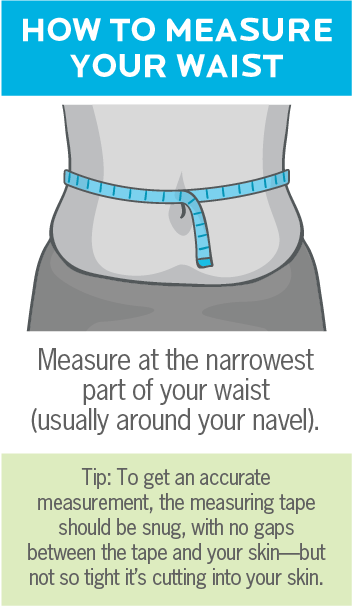
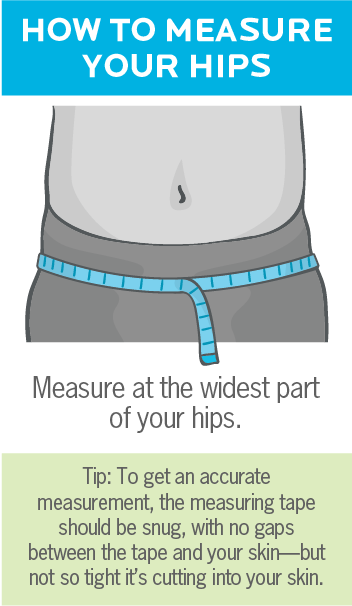
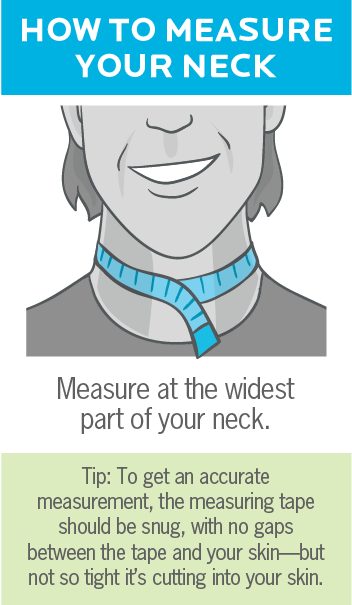
YMCA FORMULA
Originally used by the YMCA. It uses waist circumference, body weight, and sex.
CUN BAE FORMULA
Developed at Navarra University in Spain. CUN BAE is an acronym for Clinica Universidad de Navarra (CUN) Body Adiposity Estimator (BAE). It uses body weight, height, age, and sex.
Your Results
Your estimated body fat percentage
%
Body weight:
Fat mass:
Lean mass:
Not sure what to do with these numbers?
We’ve created a FREE report that analyzes your body fat results and shows you what to do next.
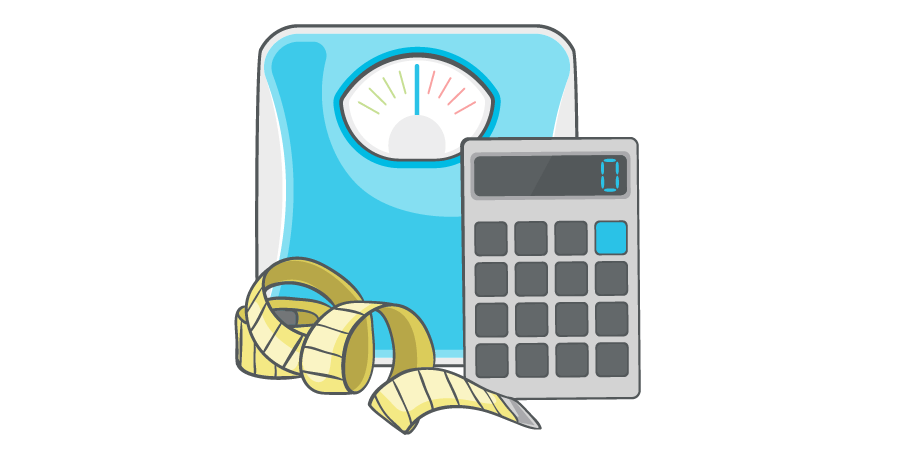
Your personalized report is on the way!
How to use this body fat calculator
Whether you’re checking your own body fat percentage or doing the calculations for a client, here’s the information you’ll need:
- age
- sex
- height
- weight
- waist circumference
- hip circumference
- neck circumference
You’ll know the first few details off the top of your head. But what about your neck, waist, and hip circumference? Just grab a measuring tape and use the instructions below.
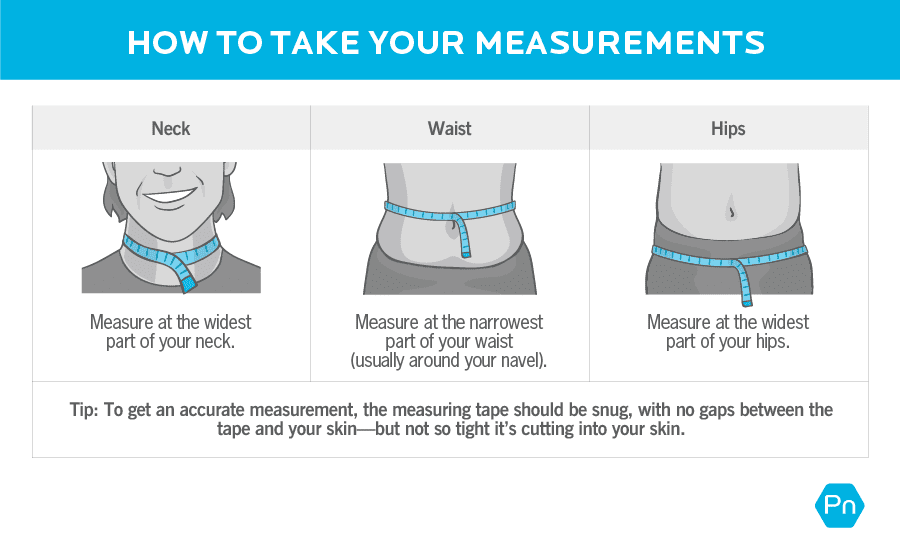
Who’s this body fat calculator for?
This body fat percentage calculator is for anyone who is curious about how much body fat they have and doesn’t have access to a more advanced method.
It’s also useful for health, fitness, and nutrition coaches who want to estimate their clients’ body fat percentages for goal setting, intake evaluations, and tracking progress. (Learn more about our #1 rated nutrition coaching certification program here.)
How does this body fat percentage calculator work?
Our body fat calculator takes the inputs listed above and enters them into three scientifically validated body fat percentage formulas (those used for the Navy body fat percentage calculator, the YMCA body fat percentage calculator, and the CUN BAE body fat percentage calculator).
Obviously, this online body fat percentage calculator can’t measure your body fat directly—so it doesn’t give you an exact body fat readout.
But research shows each of these body fat calculator methods are around 95 percent accurate when working with large populations.
That means it’s going to be pretty close for most people, but for some—especially those who 1) are very lean and muscular (think: bodybuilders, football players, gymnasts) or 2) have very high levels of body fat—it’s going to be less accurate.
What this body fat calculator can do (and what it can’t do)
This body fat calculator estimates the percentage of your body weight that is fat mass.
Fat mass is exactly what you think it is: All the fat on your body.
The body fat calculator also estimates your lean mass. Simply put, lean mass is anything that isn’t fat mass—muscle, bone, organs, connective tissue, water, and even stuff inside your GI tract.
These numbers will give you an idea about your potential health risks.
Even with an accurate measurement, though, your level of body fat doesn’t define your health status.
For instance, it’s possible to be very healthy at a higher body fat percentage. Or very unhealthy at a lower body fat percentage. (Get your free, personalized report to learn more about how your body fat percentage affects your health risk.)
Do you have a healthy body fat percentage?
Using the body fat percentage chart below, you can see where your body fat falls in terms of general categories.
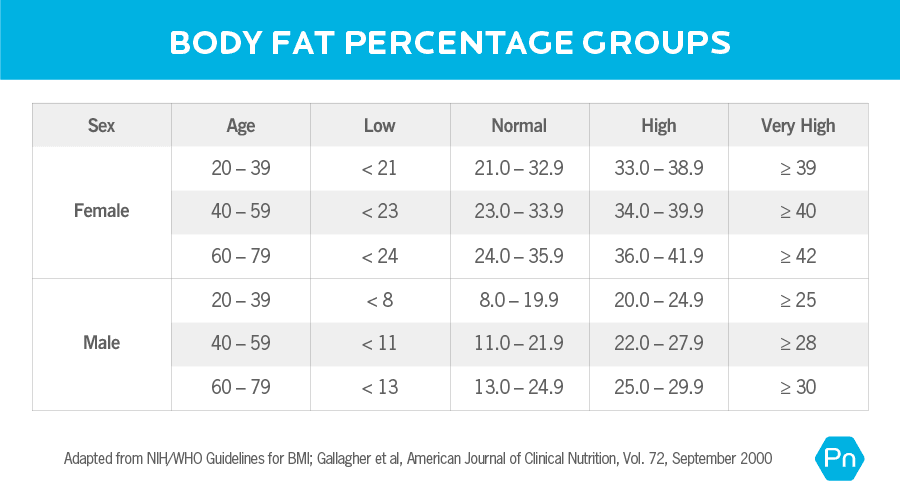
But remember: Your results won’t be 100 percent precise. They’re our best guess, based on the limitations of the measurement methods used here.
Additionally, the exact numbers aren’t what matter most.
The main benefit of this body fat percentage calculator is to help you assess where you currently are, compared to where you want to be. (If you’re interested in losing body fat, check out our free weight loss calculator.)
Recognize that this body fat percentage estimate doesn’t define you. It’s just one piece of the large puzzle that is your health—and which is influenced by many factors, including how you consistently eat, move, sleep, and deal with stress.
If you’d like to better understand what your grouping means, you’ll find that info—and more—in your FREE body fat percentage report. (Just put your details into the body fat percentage calculator.)
Body fat percentage: The bottom line
Most people don’t need to know their exact body fat percentage in order to make decisions about what comes next for them.
Because of that, the estimate from this body fat calculator will do the job nicely. (Plus, it’s fast, free, and user-friendly.)
Understanding which general body fat percentage range you’re in can help you:
- Make informed decisions about your health
- Decide what your body composition goals are (if any)
- Provide a starting point for tracking your body fat percentage over time
Beyond that, here’s our best advice:
Your body fat percentage is just one indicator of your physical health.
And your physical health is just one factor that determines your overall health.
In fact, it’s not publicized enough: Your emotional health, mental health, social connections, environment, and sense of purpose in life all play vital roles in your total well-being.
So remember: If your goal is to thrive, perform, and live as well as you can, your body fat percentage is just a snapshot—not the whole picture album.
References
Click here to view the information sources referenced in this article.




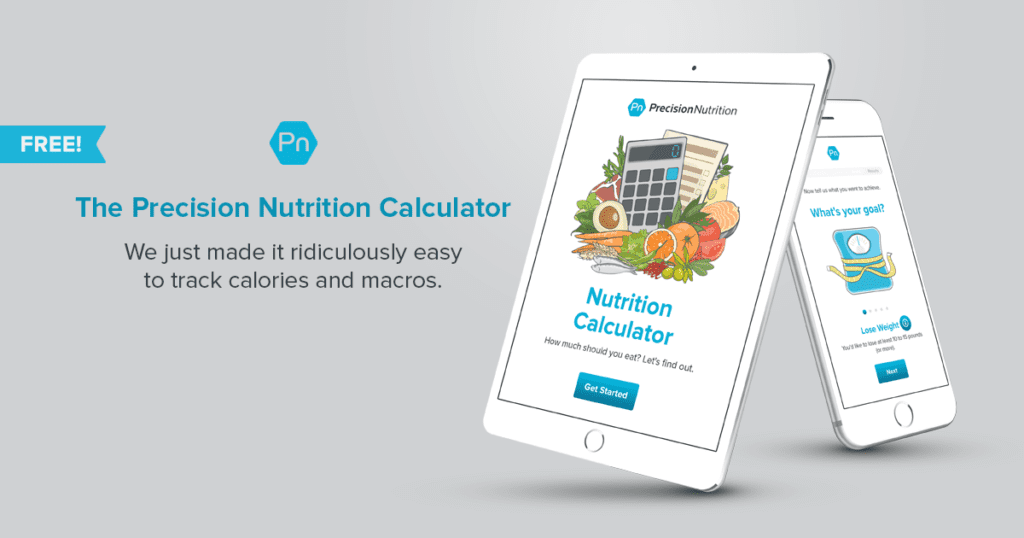
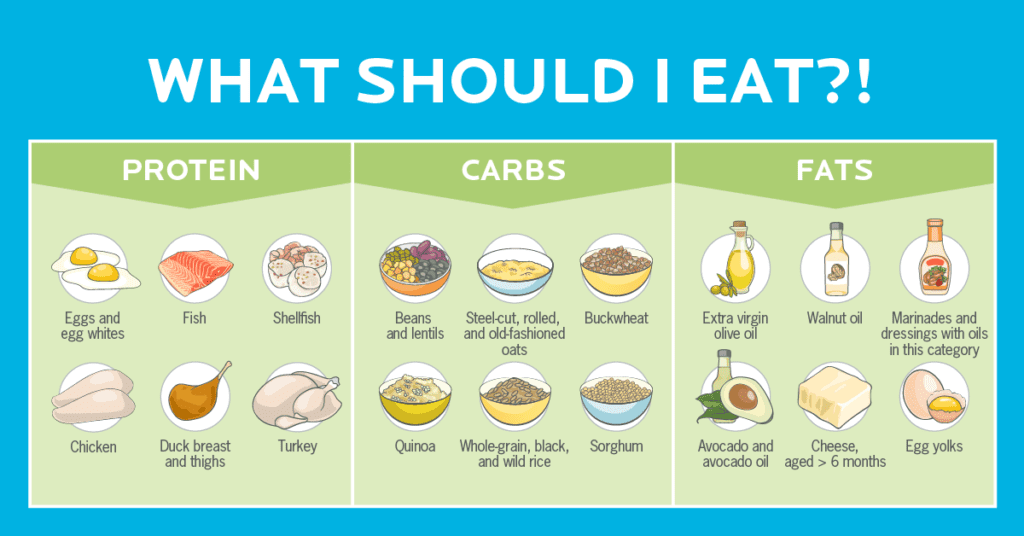
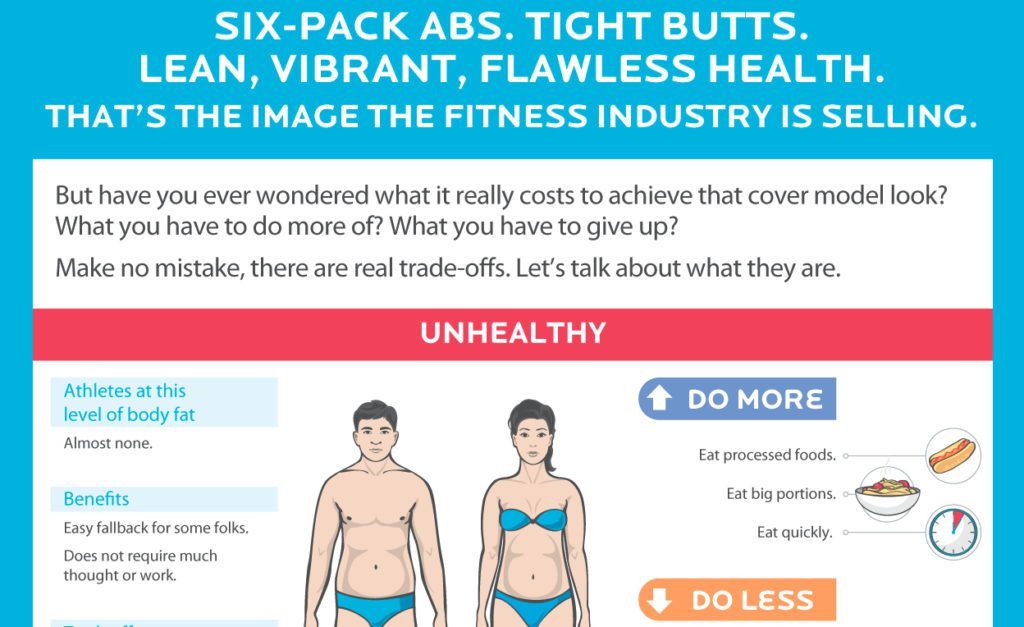
Share